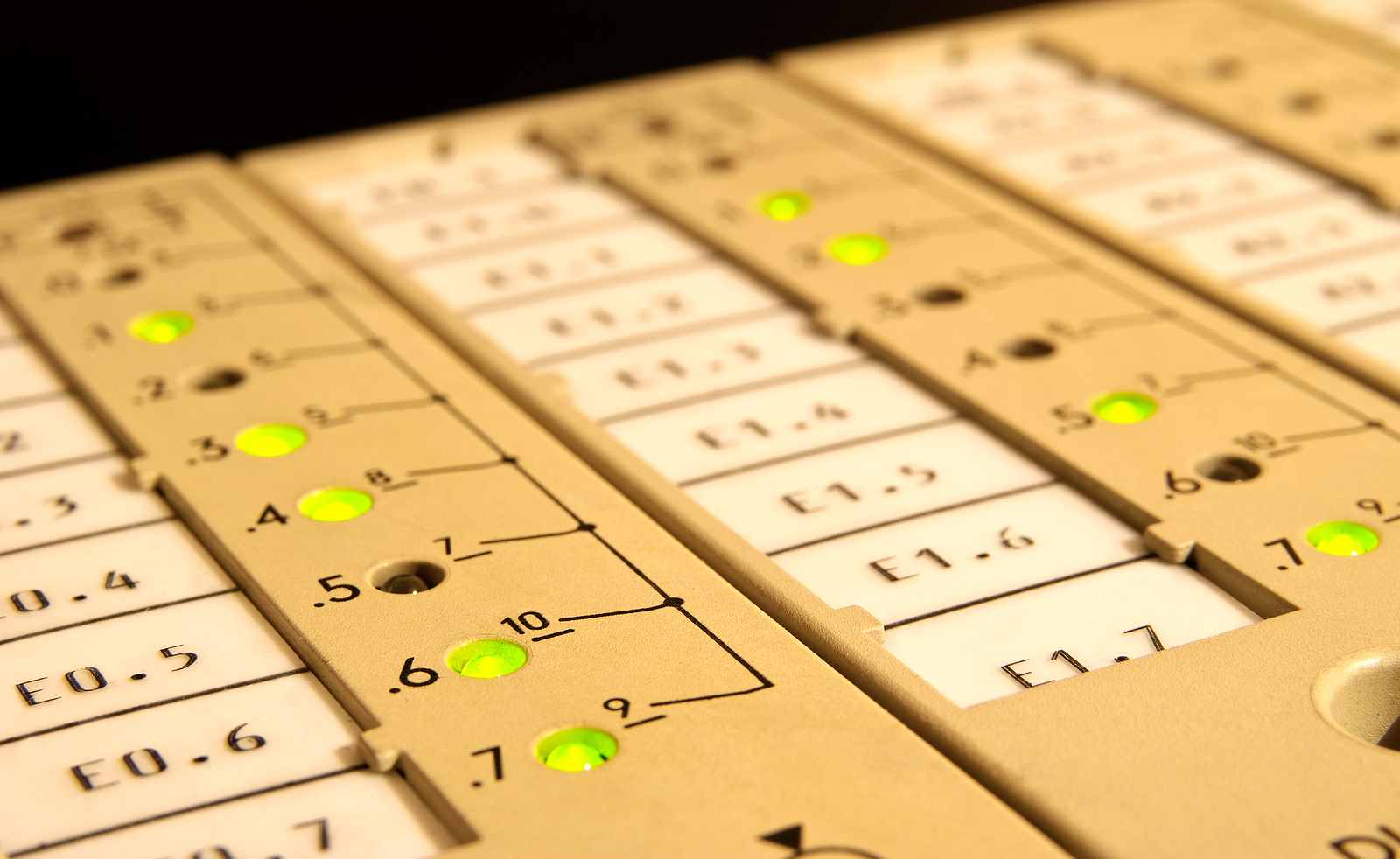As this not-so-seemingly-but-actually-super-short month comes to a close—many of us encounter a wide range of emotions. February, the month of heightened love and painful history, uplifting Black voices in new ways that truly allow us to reconnect with strangers nearby. Yet, one question still parades its way through our minds—Am I doing enough? How do I know? Where do I start?
Let’s Start With the Basics
And, as alarming as this may seem, there is no right answer. Diversity isn’t a right or wrong thing to celebrate, it simply exists and grows with us as we begin to grow ourselves. To acknowledge diversity is to acknowledge our unique individual qualities that make our communities so inspirational. It pushes us to grow through constant lessons of mindfulness and trials of social belonging. The celebration of this path is essential, and I am here to share a few ways (28 to be exact!) to continue celebrating, acknowledging, and challenging diversity in all aspects of life beyond Black History Month.
One step at a time may seem tiring, but how else will you get there? Everyone starts somewhere, everyone—including me.
28 Practical Ways to Celebrate Diversity
- Consider utilizing the “Black-Owned” category on Etsy: This feature highlights and showcases Black artists within a wide range of crafts!
- Need a new podcast? Check out Black-Owned podcasts. Celisia Stanton is a Minnesota native who hosts the Truer Crime podcast for those of you who enjoy Criminal Minds and CSI! If you are hoping for something a little more focused on history, consider listening to Historically Black where they cover a variety of modern and past events.
- Brew another cup of coffee. Consider supporting a local or Black-owned shop! A simple Google search can show you a variety of places in your area. (Did you know Minneapolis has 10 in the metro alone?)
- Spice up your décor! This may seem like an obvious suggestion but stop at Target or HomeGoods. A vast majority of their original tags discuss the origin story. This is a great way to educate yourself about cultural objects (without the school lecture)!
- Uncover your family tree. Learn something new this year! Connect with a family member you don’t see often to ask about their favorite memories. If you are feeling adventurous, 23andMe has a deliverable DNA testing kit that allows you to learn more about your origins. They also tend to offer quite a discount if you refer your friends!
- Join a committee. Whether this is at work, at school, or in the community, committees highlight new perspectives and voices with a common goal: succeeding together!
- Take a workshop. One thing about diversity is that it never disappears or stops adapting. As we continue to grow and pursue our life goals, we always learn something new. Take employment, school, or community-based workshops to meet new people whenever you can.
- Conduct candid conversations. Don’t be afraid to get uncomfortable talking to different members of communities about difficult topics. Listen with the intent to understand and it can do wonders connecting you to others and creating a new relationship dynamic that is accepting and open. The key to doing this successfully is respect, not attacking one another personally and having an understanding that you each want the same goal.
- Attend local events. Whether it be a food festival, football game, the Polar Plunge, or a craft fair, local events allow for you to learn and connect with others outside of the traditional environments the workplace and school can provide.
- Take in an art exhibition. Many art centers have culturally curated displays that are powerful, moving, and exciting to look at. They contain new pieces of artwork that may not be familiar to you and are available year-round.
- Take up some new history books. Apple offers frequent discounts on Black-Owned publications; alongside this learning about diversity today, varying levels of privilege can provide a new perspective.
- Use inclusive language. If you haven’t heard of it, please Google it. This is the key to having any candid conversation, constructive action, and you most likely use this in your work environments! If not, implementing inclusive language can strengthen any public space—professional or personal – by creating a base line of respect.
- Change your surroundings. Visit a new place. If you choose to utilize the resort life, take some time to explore nearby ruins or villages!
- Check your friendships! No, this doesn’t mean check out all of your friends and determine if they are inclusive and accepting—you choose your friends for a reason! This is about learning a bit more about their upbringing or traditions that you may not have thought to ask before.
- Research. Research. Research. Perhaps watching YouTube videos or looking up new events that happen in your day would be beneficial. Just today, I looked up a recipe from one of my favorite animes “Lucky Star,” where they discuss how to properly eat a Chocolate Coronet. For some reason, this is my absolute favorite episode and I ended up not only searching the recipes, but learning about how others eat it, how it is very hard to find premade in midwestern stores vs. the east coast, and just how many of us don’t know how to pronounce this Japanese treat!

Watch the full clip here: Lucky Star – Official Clip – How Do You Eat a Chocolate Coronet?
- Revamp your holiday calendar! Our iPhones and Androids do a great job of creating world calendars, yet it’s impossible for them to grab everything. So why not get the family together, or friends, and create a calendar of events that are important to you? Even a fun Canva party to create the board over Zoom would be pandemic friendly!
- Test your language skills. Duolingo, a quick and convenient app that allows for you to take up a new language! If you want to learn a bit more about the history of the language, try Udemy. It has a variety of teachers and courses that can provide cultural knowledge as well as helping you enunciate!
- Provide support locally. Try your local farmers market, artisan shops and boutiques! Travel a few cities away and see what neat opportunities they may have. Partner up with a nonprofit organization and volunteer alone or with your family.
- Start a committee. Don’t have a committee nearby? Consider starting one! Nothing brings together classmates, coworkers, and friends better than a group with opportunities to think creatively and critically!
- Support advancement! Don’t hesitate to recognize others within the workplace for leadership positions and their hard work. Alongside this, offer your support or advice on how to run a diversity workshop or create a team.
- Find a new recipe! One of my favorite assignments in high school was to recreate a recipe based on the language course you were in. The twist with this was they had to be traditional recipes and not Americanized, which often led to exploring diverse markets for native ingredients. (I learned how to make flan!)
- Correct missteps. No one, and I mean absolutely no one, gets it right the first time. Maybe not even the 50th. The important thing to remember is that you are trying just like everyone else. Do your best to take accountability for an action that may be perceived as harmful and connect with various parties to find out what you can do to avoid future conflict.
- Check your world map. Let’s revisit an old game – spin the globe and wherever your finger lands, travel there! Not really, but in all honesty, pick a movie from the country, or find a news article, podcast, or YouTube video and add to your knowledge base!
- Host a potluck! In a community, school or work environment, have everyone create a dish they grew up with and share stories along the way!
- Take your Spotify playlist to a whole new level! Search a language you may be familiar with (or not) and select a random playlist. Give it a listen. You might find some new favorites. Mine happens to be Top Italia.
- Think globally. Day-to-day, we think of the small-scale events. Consider what it may be like to think on a larger scale! For years, my phone was set to military time, which helped me connect with my friends in Europe more frequently. You could do this, challenge yourself to a recipe without our standard measurements, or simply just let your curiosity Google new events for you!
- Assess your public spaces. Who do you see? What do you think is lacking? Do your friends or coworkers have the same concerns? Think of a way to “dress it up!” whether it’s by decorating, creating an accomplishment board, or having candid conversations to enhance the space.
- Understand cultural appropriation vs. appreciation. This is a huge conflict in tackling diversity. The moral of the story is, do your research, learn about cultures, and respect them. A growing trend recently is with African waist beads which brings up the issue that no one really knows where they are from and that they’re not just a beauty trend. The African waist beads were created by Nigerian women (dating all the way back to the 15th century) to show where they were from, as well as a promise to their bodies to pursue their intentional goal much like chakra healing. These traditions are meant to be worn until the day they break or fall off.
A Final Note
Wise words from my younger self on what diversity is: The beams each become a new unique color, a new unique voice emerging and combining with others. As it grew, it would become a beautiful mesh of colors, the sphere lighting up the room as it continues to grow. It holds more warmth, surrounding the environment with a soft smell of lilacs, the feeling of the world and stresses would seem to melt away. It changed through acceptance, through learning and validation. To taking in the small appreciations we have in the world and worrying less about unrealistic expectations as we roam free…Most of all, I serve as a guide along this journey. This is not something I can do for you, this is not something I can tell you; you must do, this is something I merely supply for you to explore and will go along with you.








